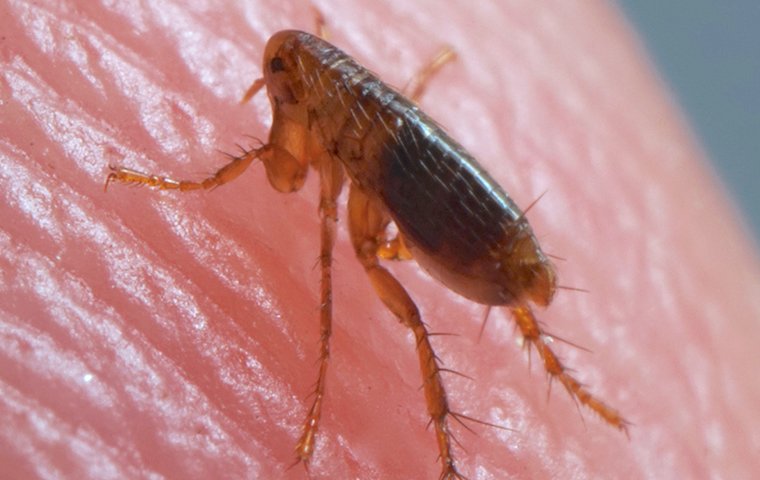Fleas are typically carried into a house by humans or pets. They live in doors, cellars, cars, public buildings, and other places take help of https://www.pest-control.bg/services/pruskane-protiv-bulhi/.
Egg, larva, pupa, and imago are the four developmental phases that the flea goes through. These insects are particularly resistant to many different chemicals during the first three phases of their life cycle, which makes controlling them quite challenging. Their growth is slowed down in unfavourable situations like drought, cold temperatures, and scarcity of food, and they wait for favourable circumstances like high humidity, heat, and nourishment.
There are more than 1,500 different types of fleas, which are tiny bloodsucking insects. Cat, dog, rat, and human fleas are the most prevalent varieties, and warm-blooded animals and people are their primary hosts.

Fleas may jump up to 30 cm, have a body that is laterally flattened, and grow up to a size of 4 mm. The ideal breeding circumstances for fleas are during the hot, humid summer, when a female flea can produce up to 500 eggs in her lifespan, which are hidden in cracks, dust, abandoned clothing, soil, and cat and dog litter.
Fleas are carriers of very deadly diseases like typhoid, plague, pseudotuberculosis, tularemia, and endemic typhus in addition to causing allergic reactions and different rashes.
Fleas may jump up to 30 cm, can grow up to a size of 4 mm, and have a laterally flattened body. Fleas can lay up to 500 eggs in her lifetime, which she can conceal in cracks, dust, discarded clothing, soil, and cat and dog litter. The greatest breeding circumstances are during the warm, humid summer.
In addition to causing allergic reactions and other rashes, fleas can transmit potentially dangerous diseases like typhoid, plague, pseudotuberculosis, tularemia, and endemic typhus.
How can you tell if an insect bite is from a flea or another type?
Despite being present on other regions of the body, flea bites are most frequently detected on the legs. Red spots appear very after the bite and can turnin to bumps. Because fleas secrete painkillers that cause allergic responses and dermatitis, the bite itself is not unpleasant. Bites are frequently mistaken for those of bed bugs, ticks, or mosquitoes.
Bedbugs only bite at night, and when they do, several larger, painful pimples appear in a line or circle. While mosquitoes attack at night and on exposed areas of the body, ticks remain on the skin.